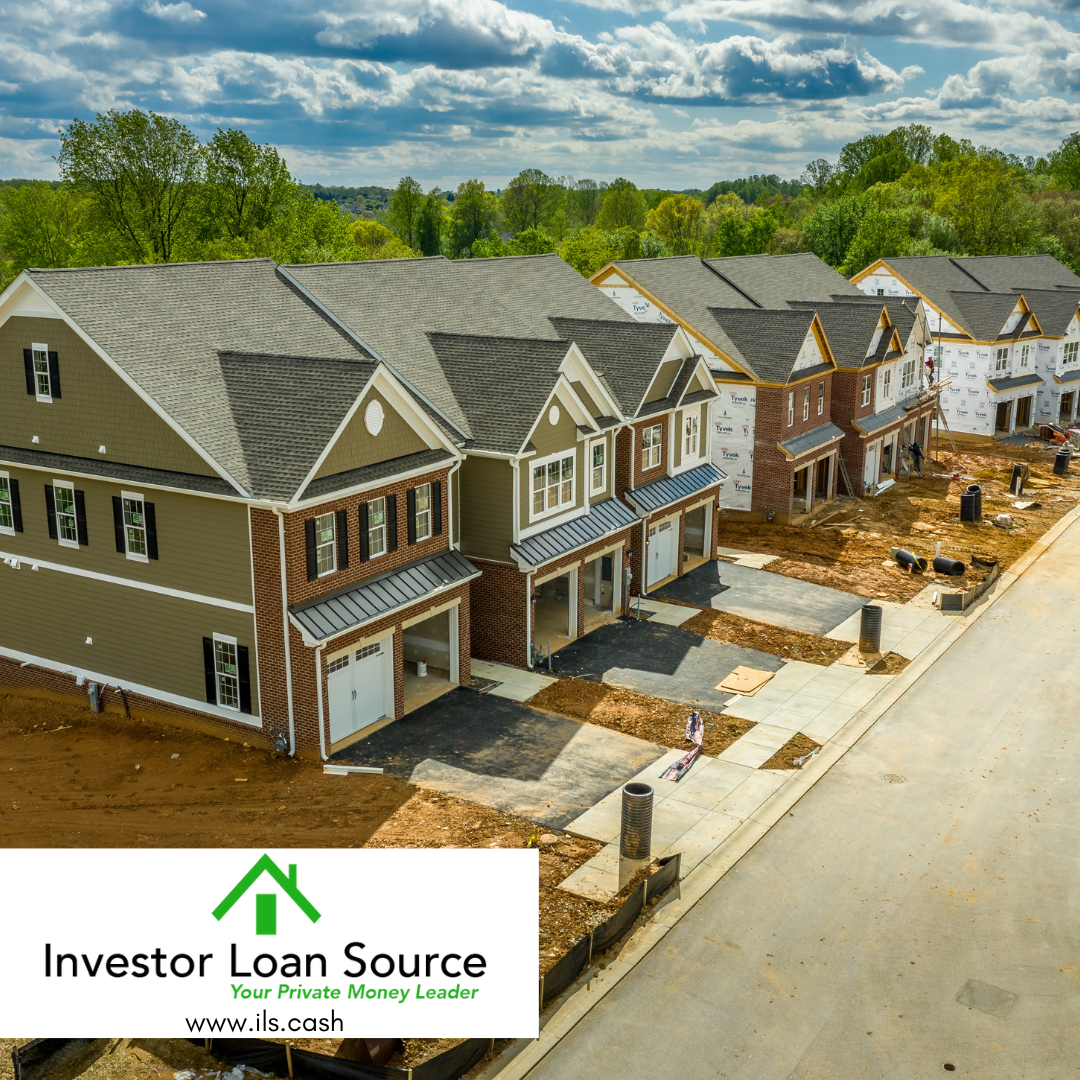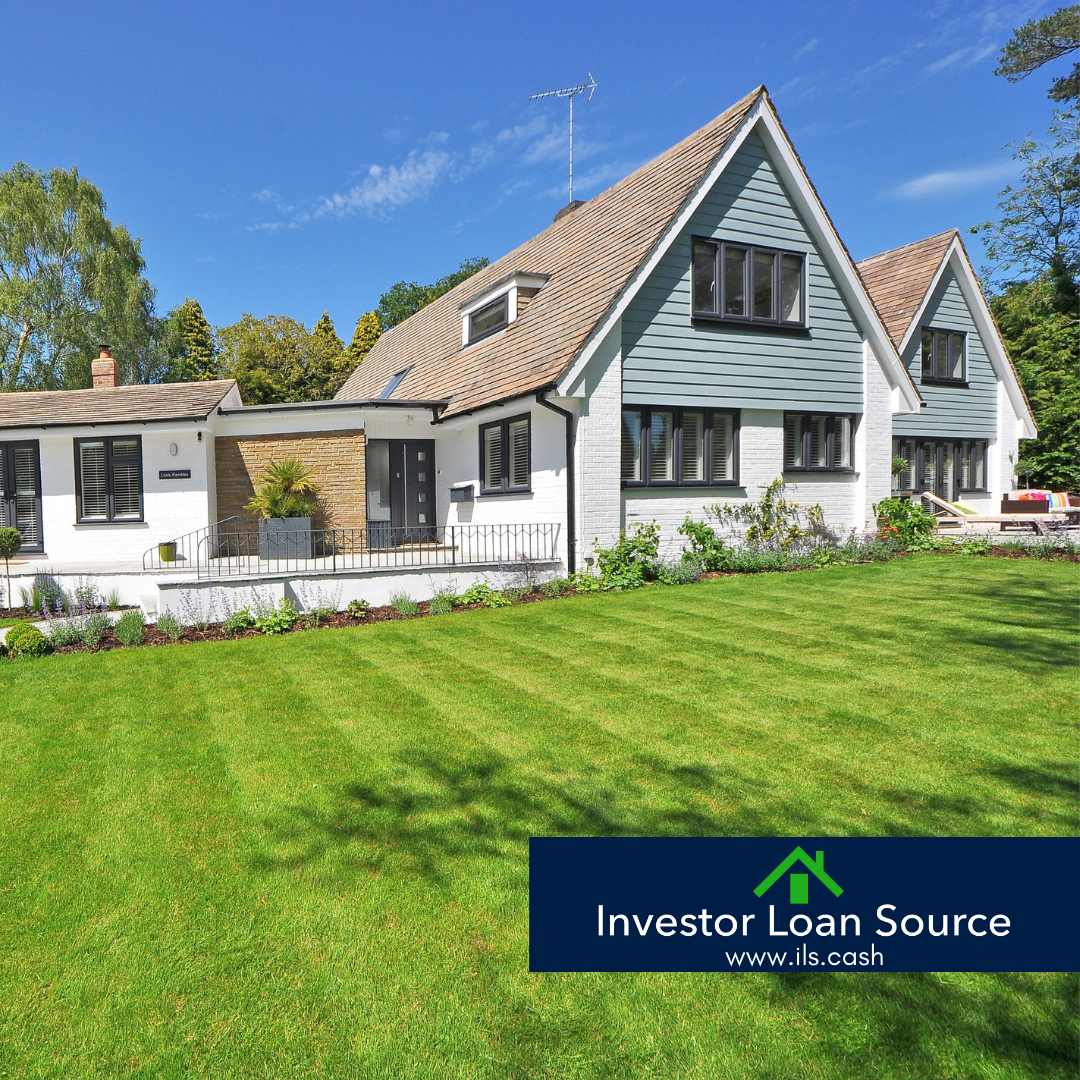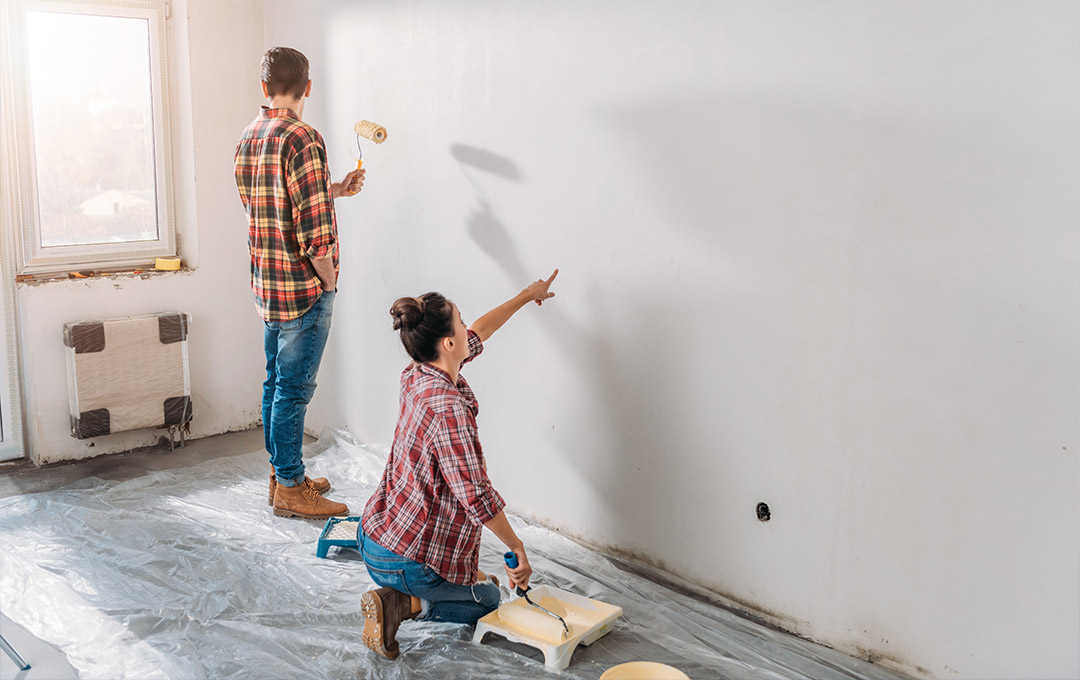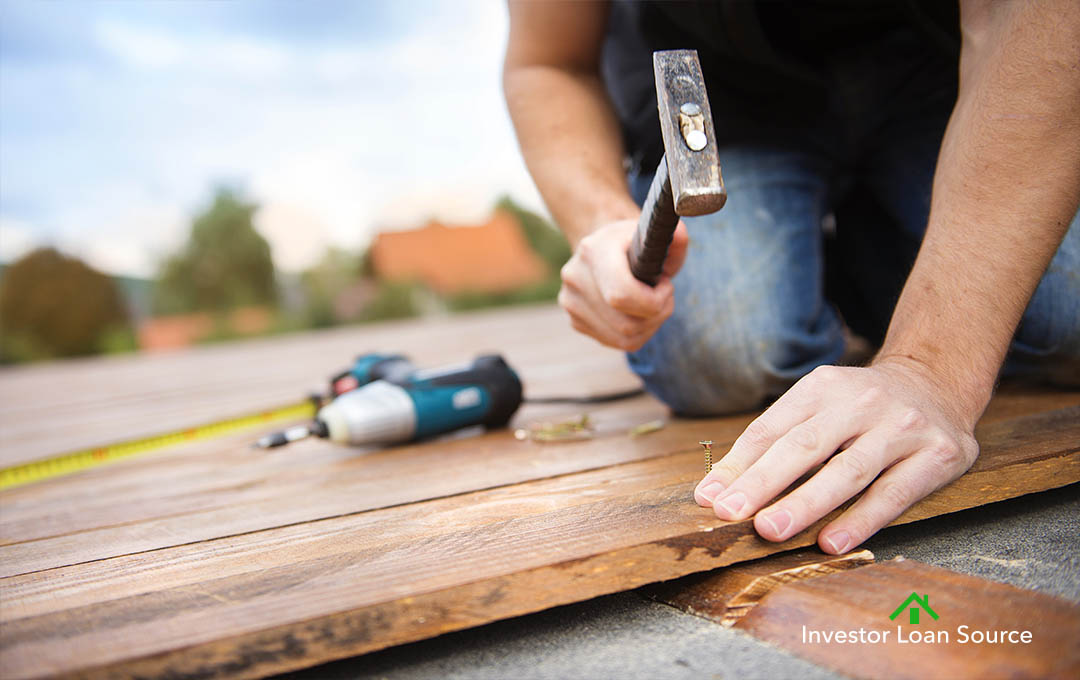By Tom Berry
When evaluating a real estate deal, you should always start with the end in mind. For example, with a single-family Fix and Flip, the end goal is selling that house. When you’re looking at a single-family deal you want to flip, always ask yourself, “What can I get out of this house and what is the end value going to be?” This is where real estate investors may make a mistake. Some investors will look at comps in the general area of the subject property. However, they are usually comparing their house to houses that are at a different level. You want to use comps that are of similar size and similar nature to determine what your house is going to sell for when it’s done.
Additionally, some investors use comps with a high-end fit and finish, but use their rehab budget or a very low-end fit and finish to calculate the value. You can’t put vinyl laminate floors in a house and expect to get the same ARV as a house down the street that has travertine or expensive wood floors. This also goes for kitchen countertops, appliances, etc. Use houses that are similar to how you’re going to make yours.
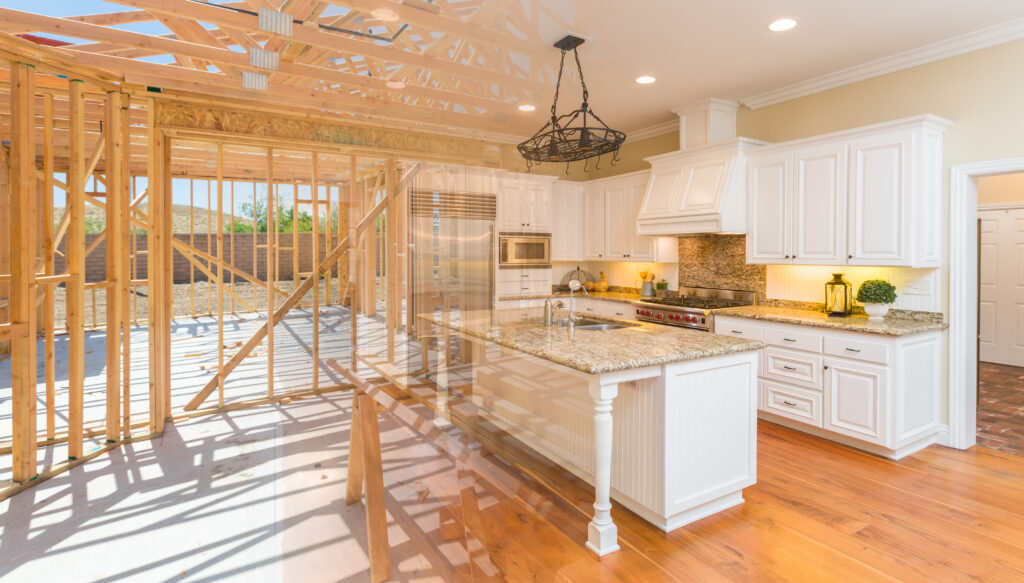
The next step is evaluating the rehab budget. A huge challenge I see often when real estate investors look at their deal is that they calculate the ARV and then look at their rehab budget to find that the numbers don’t work. At this point, they don’t want to walk away from the deal, which they could do, and they don’t want to go back to the seller and try to renegotiate a better price on the house. Instead, they just cut the rehab budget and try to make the deal work. If you cut your rehab budget, you’re never going to reach your expected ARV. Cutting the budget just to try to make the numbers work on paper, might work on paper but it is not going to work in practice. Understand that the rehab will need to reach a certain level to hit your expected ARV.

After evaluating the price of the home and the rehab budget, most people think we’re done with an evaluation. The truth is that we are not done! There are other costs that we call hidden costs. A great example of hidden costs would be the holding cost. The holding cost includes the cost for an investor to own this project until it is sold. These hidden costs include interest, property taxes, property insurance, utilities, and lawn care. As a real estate investor, you must pay those bills the whole time you hold that property. All these costs add up. Before buying a house, it is important to calculate the monthly holding cost. This is done by adding up the monthly cost and dividing by 30 to get the daily cost of holding a property.
What does this do? It puts a sense of urgency on the investor to get in and out as quickly as possible.
Lastly, it is important to ask yourself the following questions:
- Are you going to need permits?
- Are you going to need plans?
- When can contractors start?
- When will you be ready for contractors?
It is important to realistically evaluate how long it will take to rehab, market, and close on the project. There are a lot of steps to take, and those steps take time and money.
Hopefully, this gives you greater insight into what it takes to evaluate a single-family fix and flip deal. As always, if you have a project and you’d like for us to help you with your hard money and private money needs, reach out to us today at 409-735-6267.
Investor Loan Source, a private money lending company, provides high-quality investment property loans to private real estate investors at the lowest costs possible. Our process for providing real estate investors with private lending is unique. We place emphasis on the hard asset and value of the collateral (property) and less on the borrower. Our asset-based real estate investment loan model means we can provide more money lending to more investors than is available from standard bank loan models. At Investor Loan Source, providing real estate investors hard money loans is our business; it’s all we do. We offer several business real estate loans products designed to serve a variety of investors and property profiles, including private money lending for properties to sell on owner finance.

